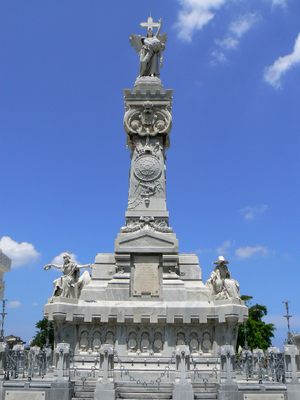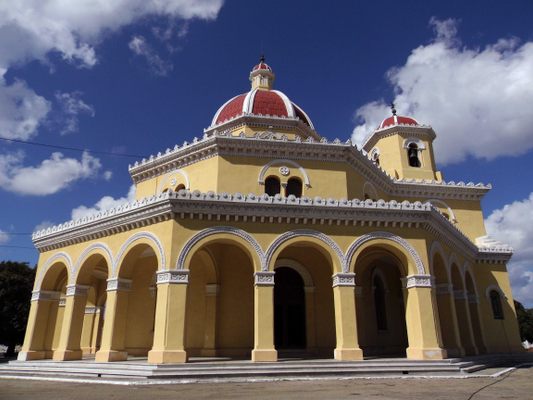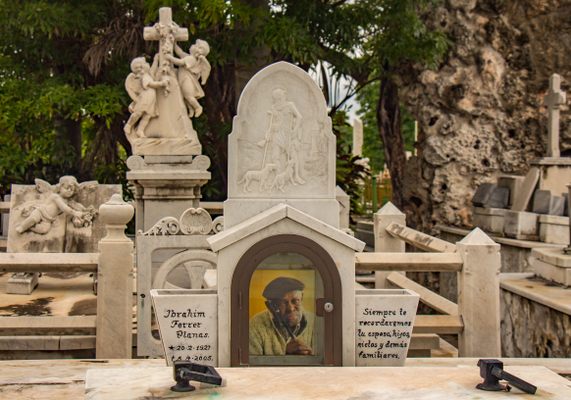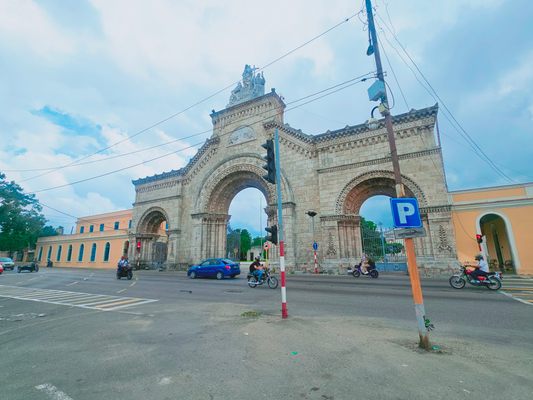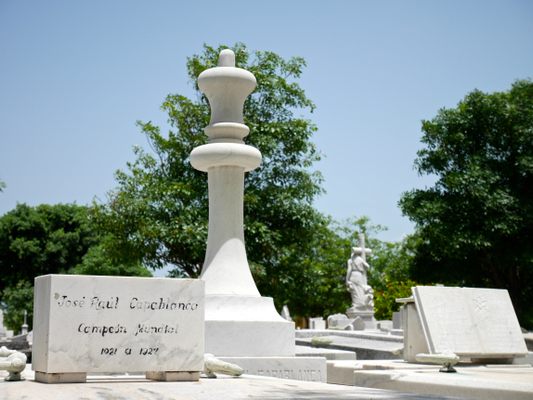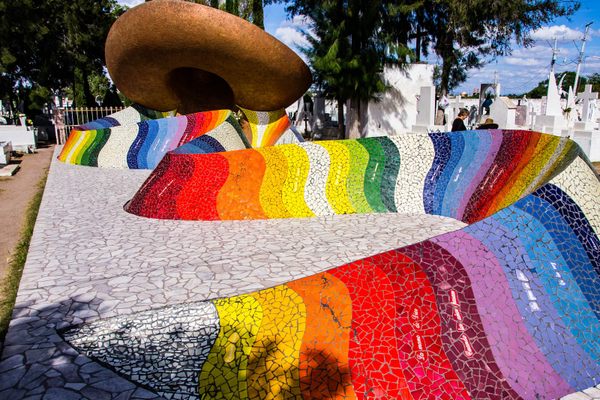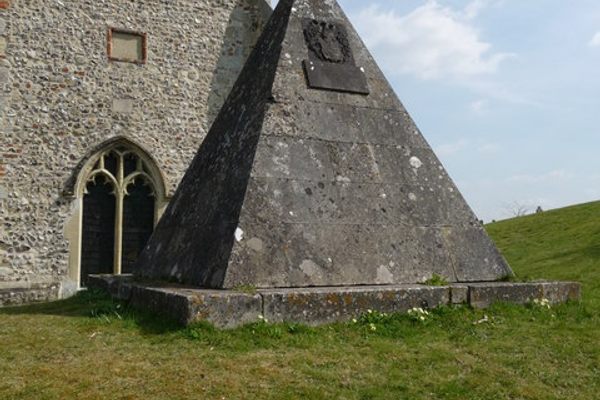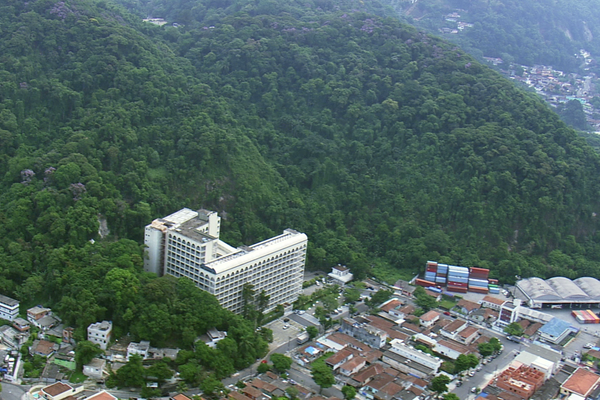About
When you think of world-class cemeteries, places like Paris, London, New Orleans, or Buenos Aires might come to mind. But this cemetery in the heart of Havana is as stately and impressive as any of the more familiar "haunts" (sorry).
Established in 1876, the Cementerio de Cristóbal Colón was named after Christopher Columbus and designed by a Madrid-educated Galician architect by the name of Calixto Arellano de Loira y Cardoso. Built around a central chapel that was loosely modeled after the Florence Cathedral (aka "Il Duomo"), the 150-acre cemetery is laid out in a grid of main central avenues and smaller side streets. As planned by Loira, the layout organizes the occupants of the cemetery according to their rank and social status, with the wealthy and well-connected occupying prominent spots on main thoroughfares while more lowly individuals (such as the condemned, victims of epidemics, and "pagans") are relegated to the "suburbs."
Colón Cemetery contains over 500 major mausoleums, chapels, and family vaults, with styles running from renaissance to neoclassical to art deco. In addition to the countless stunning examples of funerary architecture, unique sites include: an elaborate 75-foot-tall memorial for firefighters who died in a disastrous citywide fire in 1890; mausolea for various trade and professional organizations (such as the Workers Society of La Tropical Brewery); special monuments dedicated to two baseball players, a chess champion (shaped like a white king piece), and a dedicated domino player (shaped like a double-three domino); and the burial sites of a remarkable number of poets, filmmakers and musicians, including Ibrahim Ferrer Planas of the original Buena Vista Social Club. One can also find here and there abandoned and unmaintained tombs and chapels of families now living in exile.
The very first occupant of Colón Cemetery was the architect Loira himself, who died before the project was finished. Currently, the cemetery holds over 800,000 graves and included a million interments. This of course means that space for this still-operational cemetery is a premium, so typically remains are removed after three years to be boxed up and put in storage (yes, you read that correctly) in order to make room for new interments.
Related Tags
Community Contributors
Added By
Published
January 25, 2016
Sources
- http://www.latinamericanstudies.org/cuba/colon-cemetery.htm
- http://www.interment.net/data/cuba/lahabana/colon/index.htm
- http://thirdeyemom.com/2014/05/16/colon-cemetery-havanas-work-of-art/
- http://www.cuba-junky.com/havana/necropolis-cristobal-colon.htm
- https://en.wikipedia.org/wiki/Colon_Cemetery,_Havana
- http://www.avoidingregret.com/2016/12/photo-essay-cemetery-where-fidel-didnt.html

